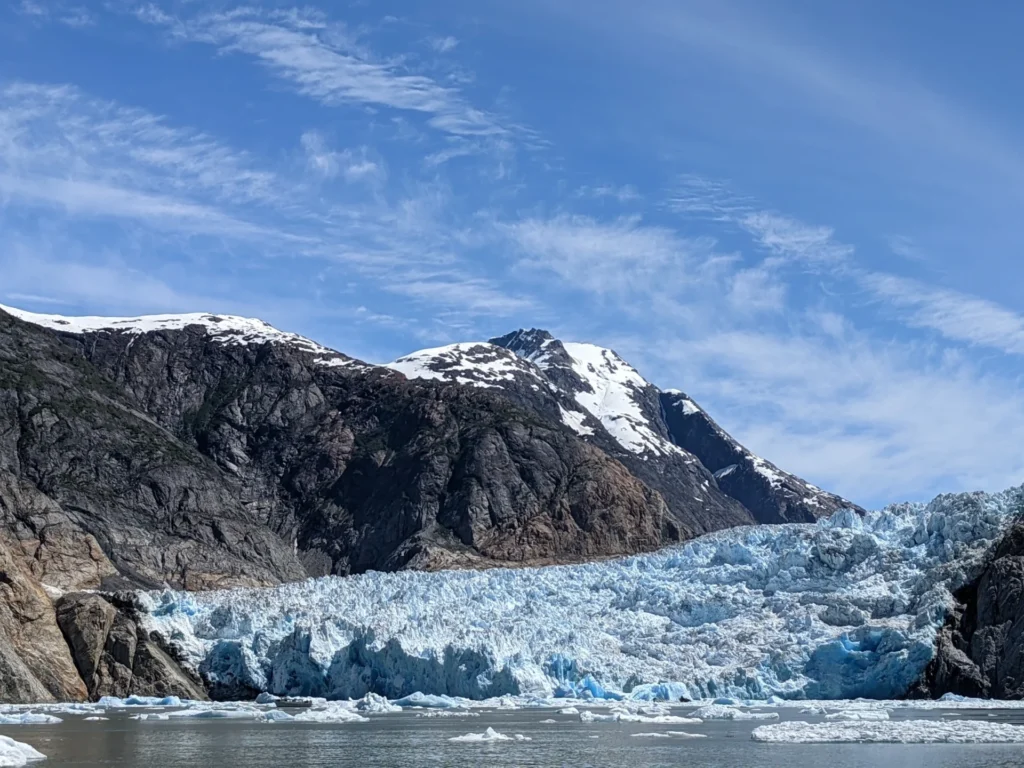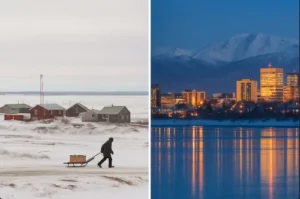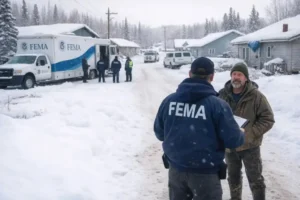Table of Contents
How Far Is Tracy Arm Fjord from Juneau, Alaska?
Tracy Arm Fjord is located about 45 miles (72 kilometers) south of Juneau, Alaska. This distance makes Juneau the primary gateway city for visitors traveling to the fjord, typically accessed by boat or float plane
Geographical Coordinates and Dimensions
- Latitude: 57.8486° N
- Longitude: 133.1208° W
- Length: Approximately 30 miles (48 kilometers)
- Depth: Up to 1,200 feet (366 meters)
- Width: Average width of 1 mile (1.6 kilometers)
Tracy Arm stretches inland from Stephens Passage, with high granite cliffs rising 3,000 feet (914 meters) on either side of the waterway. The fjord ends at two active tidewater glaciers: North Sawyer Glacier and South Sawyer Glacier.
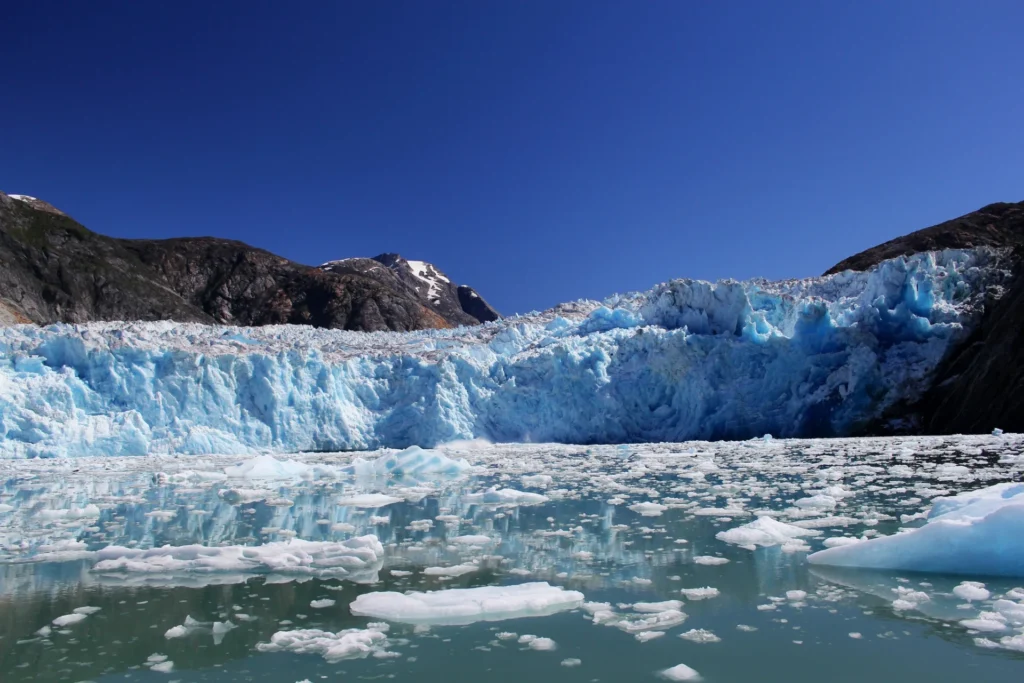
How to Access Tracy Arm Fjord ?
Tracy Arm is accessible only by water. There are no roads leading to the fjord.
- Nearest City: Juneau, Alaska
- Access Methods:
- Cruise ships (Alaska Inside Passage itineraries)
- Tour boats from Juneau
- Private yachts or charters
Boat tours from Juneau typically take 6 to 9 hours round-trip, depending on vessel size and weather conditions.
Notable Natural Features
- Tidewater Glaciers:
- Sawyer Glacier
- South Sawyer Glacier
These glaciers frequently calve, producing large floating icebergs and thunderous collapses.
- Cliffs and Peaks:
Granite walls rise over 3,000 feet (914 meters), often veiled by waterfalls created by glacial melt. - Icebergs:
Common even in summer, some icebergs reach 100+ feet (30+ meters) in length.
Wildlife Sightings
Tracy Arm Fjord is part of a rich ecosystem with regular sightings of:
- Humpback whales (best viewed June–September)
- Orcas (killer whales)
- Harbor seals, often found resting on icebergs
- Mountain goats, visible on cliff ledges
- Bald eagles, commonly seen near treetops and coastlines
Best Time to Visit
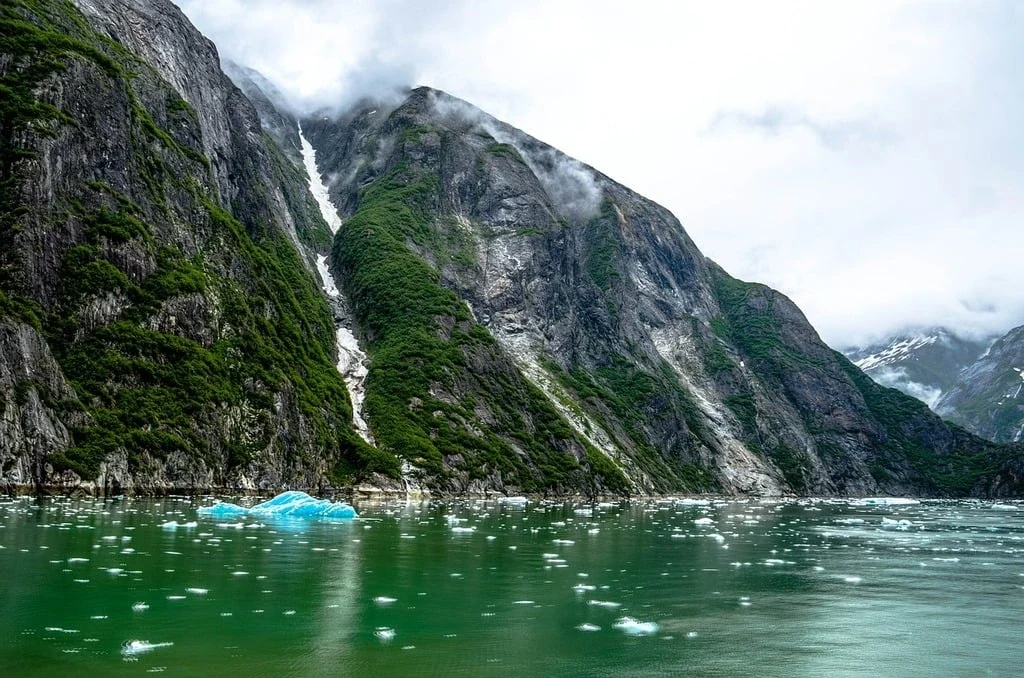
Month | Conditions |
May–June | Active glacier calving begins; peak wildlife sightings |
July–August | Warmest and sunniest period; highest tourist activity |
September | Fewer visitors, glacier activity slows |
Winter | Inaccessible due to ice and extreme weather |
Temperature Range (Summer): 50°F – 70°F (10°C – 21°C)
Nearby Towns Around Tracy Arm Fjord
- Juneau: The closest city, about 45 miles north of Tracy Arm Fjord. It’s the main gateway for most visitors, offering boat and seaplane tours to the fjord.
- Petersburg: Located about 70 miles south of Tracy Arm. This small fishing town is another launch point for fjord excursions.
- Taku Harbor: A small historic site and state marine park, about 6 miles from Tracy Arm Fjord.
- Holkham Bay: The fjord opens into this bay, which is a common starting point for boat tours.
Landmarks and Natural Highlights
- Sawyer Glaciers: The twin glaciers at the end of Tracy Arm, famous for their deep blue ice and dramatic calving events.
- Waterfalls: Dozens of waterfalls cascade down the fjord’s steep granite cliffs, some over 1,000 feet high.
- Tracy Arm-Fords Terror Wilderness: The fjord sits within this massive wilderness area, covering over 653,000 acres of pristine Alaskan landscape.
- Endicott Arm: A neighboring fjord, similar in beauty, often visited if ice blocks the way to Tracy Arm’s glaciers.
- Stephens Passage: The major waterway adjacent to Tracy Arm, part of Alaska’s scenic Inside Passage.
- Tongass National Forest: The largest national forest in the U.S., surrounding Tracy Arm with lush, green hillsides
Comparison with Nearby Glacier Bay
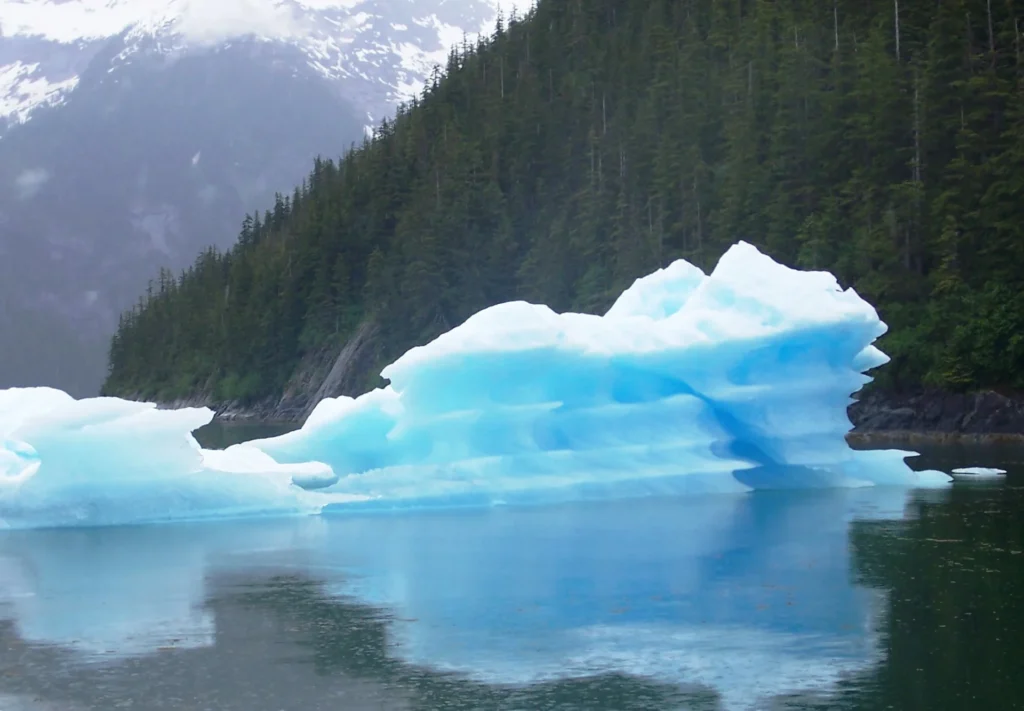
Feature | Tracy Arm Fjord | |
Accessibility | Only by water from Juneau | Cruise ships permitted |
Crowd levels | Lower | Higher |
Glacier proximity | Extremely close (<300 ft) | Moderate distance |
Iceberg density | High | Medium |
Permit requirements | None for Tracy Arm | Required for Glacier Bay |
Key Takeaways
- Tracy Arm Fjord is a 30-mile-long glacial fjord located 45 miles south of Juneau.
- Features include active tidewater glaciers, towering cliffs, and iceberg-filled waters.
- Best visited from May to September via boat tours or cruises.
- Wildlife sightings include whales, seals, and eagles.
- Recognized for its remote, pristine wilderness and environmental protection status.






